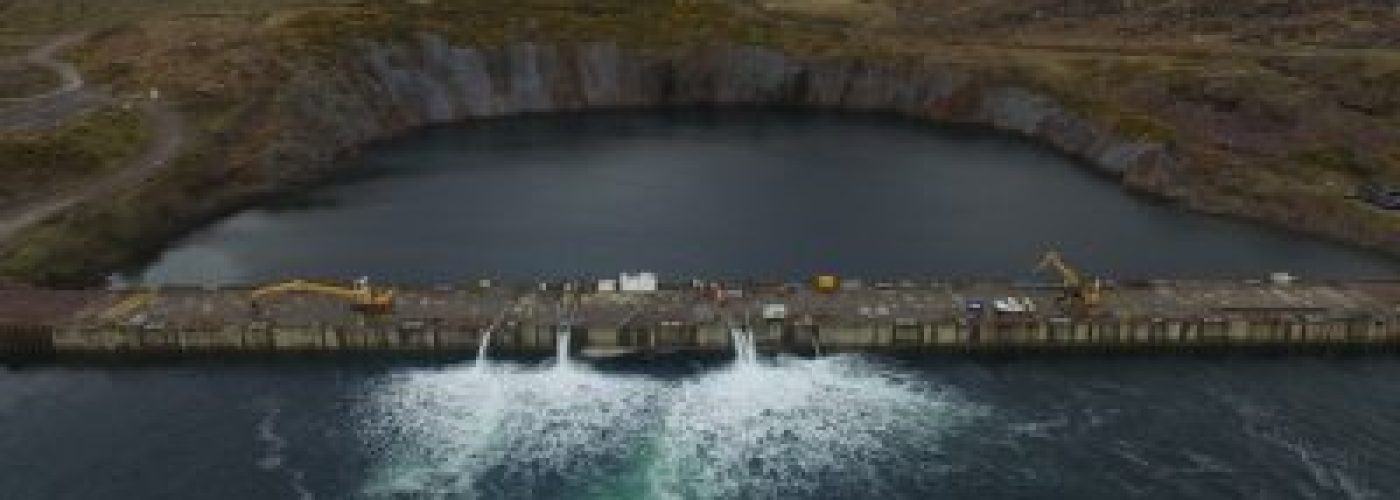It’s no denying that political and financial leaders have been searching for ways to
strengthen the economy, and we’re not surprised to see that a recent venture in the Highlands is soon to make headlines internationally. Locations within north west Scotland possessed many dry docks that were used during the 1970s and 1980s, unfortunately, the majority of these mammoth structures eventually fell into disuse. This is about to change thanks to an investment by Kishorn Port Limited. A recent financial injection of £500,000 is set to revitalise this defunct station and to provide jobs to more than 200 workers.
The Size of the Development Project
It is difficult to overestimate the size of these dry docks. At a diameter of 160 metres, they are one of the largest in Europe and the largest that was ever built to accommodate the needs of the North Sea oil and gas sector. One of the reasons why developers surmised that they would be perfectly suited to house a wind farm. Known as the Kincardine Offshore Windfarm, it will be able to generate an impressive 50 megawatts of energy when fully operational. This is the equivalent of powering 56,000 houses.
Why Scotland?
Aside from helping Scotland meet its medium-to long-term carbon emission targets, one of the main reasons why this project is considered economically viable arises from the geographic location of Scotland and the Highlands, where offshore winds represent as much as 25 per cent of the total wind power capacity of the European Union. Developers claim that more than 110 jobs will be created during the renovation and upgrading processes before the farm becomes active.
Christopher Snelgrove, founder of HIJOBS commented “Additional employment opportunities will likewise occur as a result of ongoing activities and many of these roles will be provided to skilled laborers.
The Changing Face of the Scottish Construction Sector
With the economic slowdown associated with less of a reliance upon traditional fossil fuels, Scotland saw many of its previous jobs evaporate during the 1990s and the early 2000s. However, this is all now changing due to an increased recognition of the importance of renewable energy sources. This has always been extremely relevant for the production of wind energy and one of the main stumbling blocks was the capability to create infrastructure that could be able to support such offshore technologies. Developers seem to have struck a balance in regards to these current dry docks, as they enable a truly massive wind farm to be constructed within a protected environment before it is floated out to sea. From a fiscal standpoint, this makes a great deal of sense. Much less money will be required during the initial stages of fabrication and the entire project should take much less time than would normally be required.
A Reflection of the Energy Industry as a Whole
These latest developments are another illustration of how the UK is placing a greater amount of importance upon the provision and utilisation of renewable energy sources. This is quite logical, for the energy sector has been encountering some rough waters in recent times. Michael Hewson, senior analyst at CMC Markets, commented “the energy sector has already taken a hit in recent weeks given talk of price freezes, business renationalisation and greater regulation, from both main political parties.”
A paradigm shift into renewable energy production could help to create increased stability and more importantly, it will be able to contribute to the overall health of the Scottish construction sector.
Image credit – Decom North Sea





